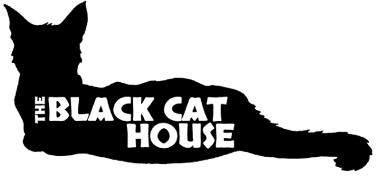Time-
Meetings start promptly at 7 PM, and end no later than (90) minutes after the meeting begins, unless those present vote to change the length of the meeting at the premises.
Voting –
The default method of solving dispute is a vote of all members present at the meeting. A 2/3 majority is required for the motion to pass. Abstainers are not counted in the final vote.
Closed Voting –
Closed voting will occur when an issue directly involves the way the house is run or the commitments of the people who live in the house. Closed voting privileges may be given by invitation based on commitment, adherence to the mission statement, and reliability. Closed voting privileges can be revoked for breaking the house rules. Those with closed voting privileges can veto any decisions made in open voting, but all members present with that privilege must do so unanimously.
Agenda-
First ten minutes are spent preparing and organizing agenda items. Moderators can bilaterally agree to veto any agenda item; if there is a dispute over whether the moderators are being unfair, the agenda item will be openly voted on. Be prepared to explain any agenda item before it is discussed in the meeting.
Moderator/ Secretary roles-
There is a strict moderator rotation: 2 moderators, 1 secretary. Only people with closed voting privileges can be moderators or secretaries. Rotation is alphabetically, by first name.
Moderators: make sure the meetings stay on task, keep disputes on topic and respectful, ending disputes if they become disrespectful or unproductive, discretion to include time limits on agenda points, discretion to restrict voting on agenda points to closed voting members
Secretary: keeping track of time, documenting the meeting: time started, all in attendance, agenda points in detail, time ended. Detail on agenda notes are at secretary’s discretion, but must include any decisions made and which commitments were taken on by which people, and be able to accurately describe the meeting to someone who wasn’t there.
